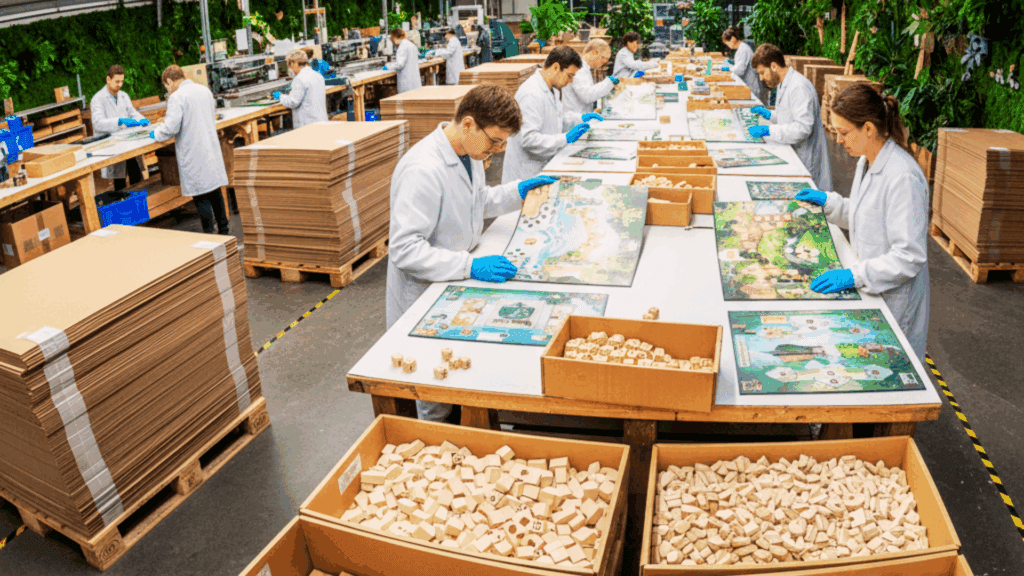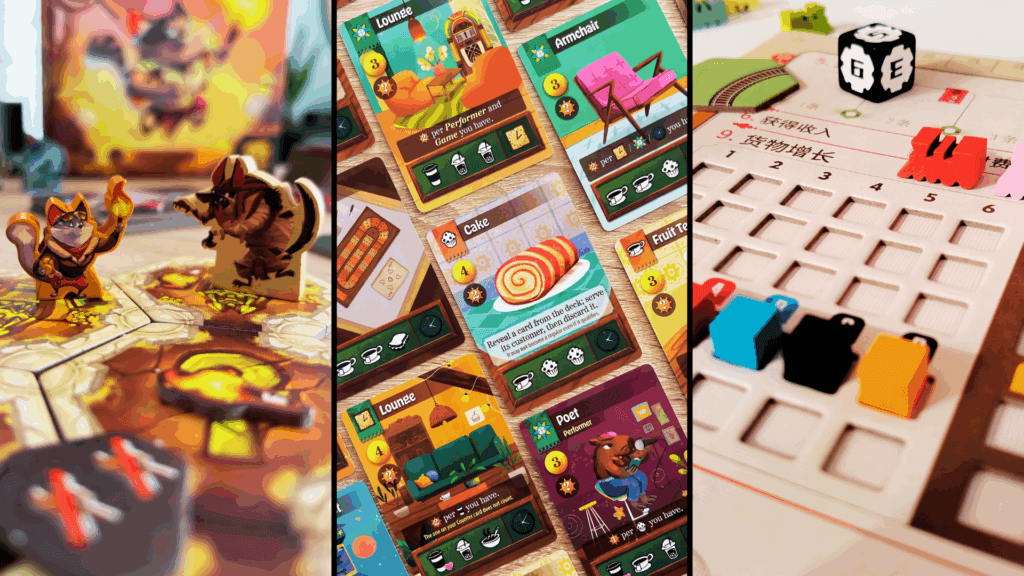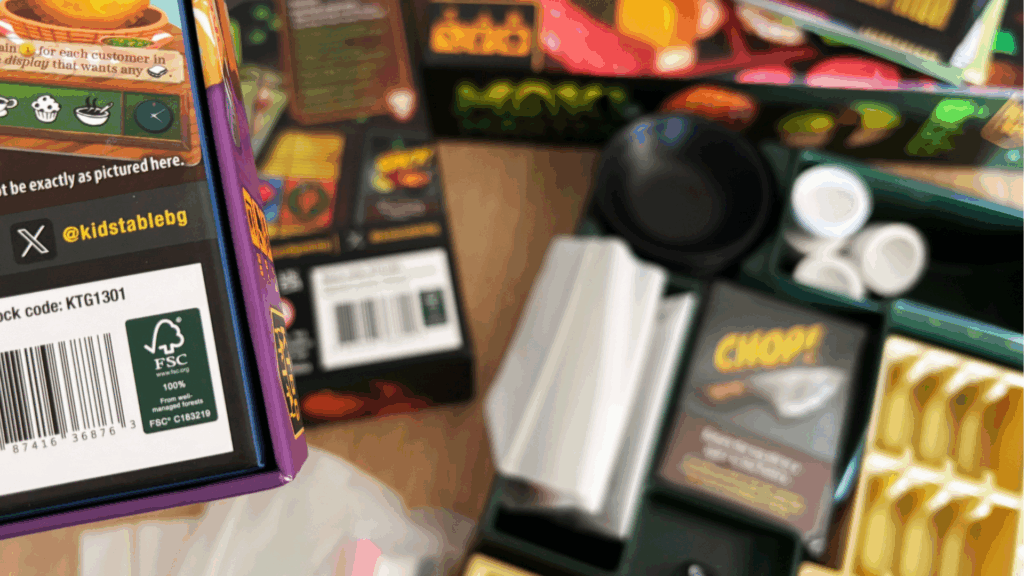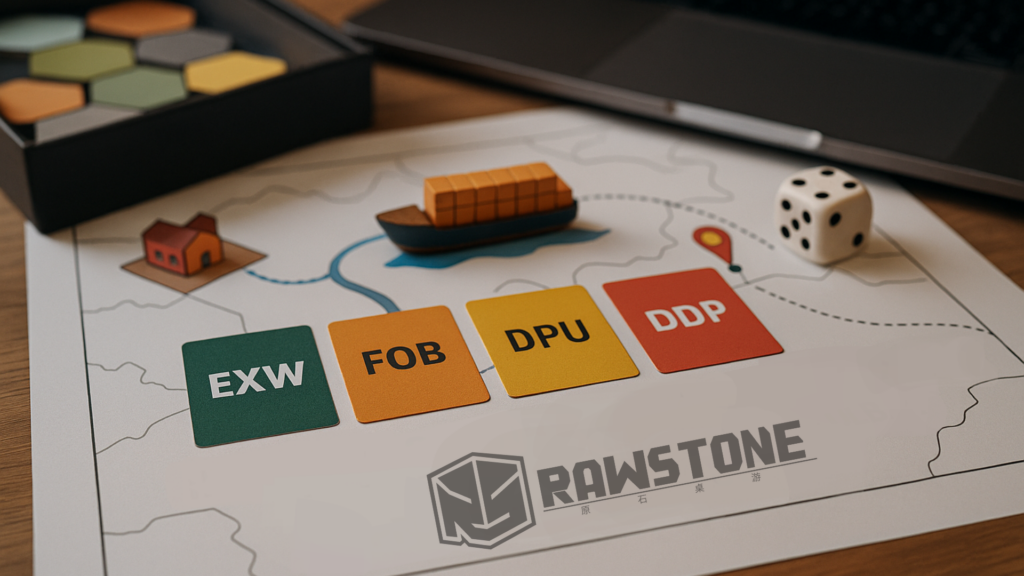

Dive into our insights for publishers & designers!
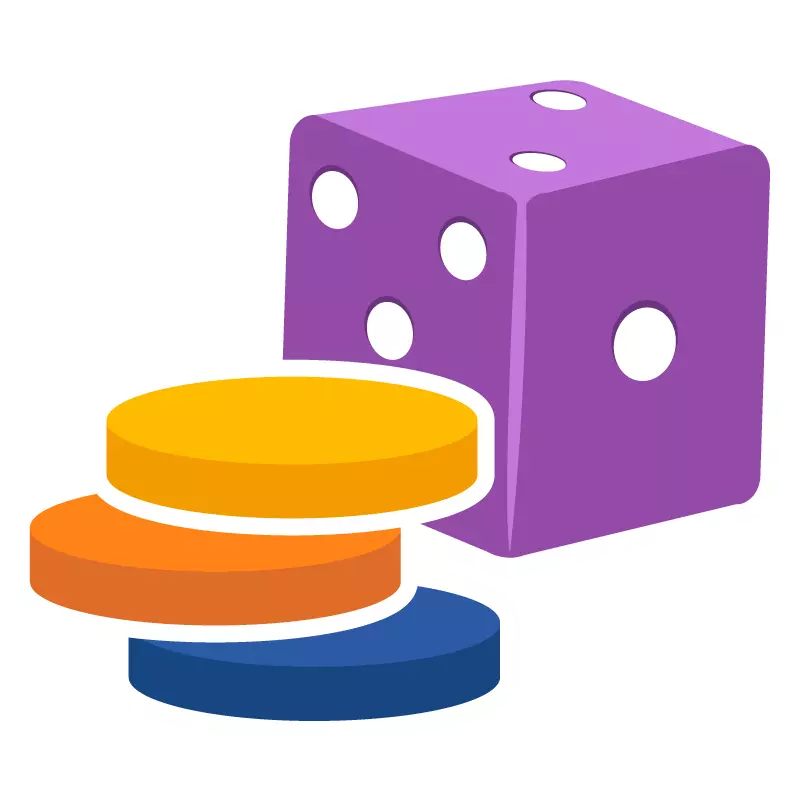

Date: 31/10/2024
Crafting Experiences: Board Game Deck Building
Welcome, esteemed game designers, to a deep dive into the captivating world of board game deck building! By exploring the game mechanics of deck building, we can unravel the intricacies of this dynamic gameplay element.
Deck building significantly influences game strategy. Players can tailor their decks to suit specific playstyles or counter opponents’ tactics. As players select cards to add to their decks, they must consider short-term advantages and long-term synergy between cards. This strategic decision-making process can lead to diverse gameplay experiences, where flexibility and foresight are key to success.
From strategic decision-making to creative deck construction, deck building offers endless opportunities for engaging and immersive gameplay experiences. Join us as we discover the secrets of board game deck building mechanics that captivate players and elevate their gaming experiences.
Understanding board game Deck Building
At its core, board game deck building is all about personalization and progression. Players begin with a basic set of cards and, over the course of the game, gradually construct and refine their own decks.
New cards are acquired through a variety of mechanics—such as purchasing from a central market, drafting from a shared pool, or earning them as in-game rewards. As players add these cards to their decks, their options expand and their strategies deepen.
Cards can be used to attack, defend, generate resources, or trigger unique abilities. The key to mastering board game deck building lies in learning how to combine cards effectively and adapt your strategy as your deck evolves.
Victory depends not just on luck or brute force, but on building a well-balanced, synergistic deck—and knowing how to play it.
Designing Engaging Objectives for Better Board Game Deck Building
Board game deck building thrives on strategic decision-making—and it’s up to game designers to give players compelling reasons to craft their decks with purpose. That starts with establishing clear, achievable goals that guide players toward collecting specific cards and forming synergistic combinations.
Whether players are building an economic engine, assembling an army, or solving puzzles, their objectives should be both challenging and rewarding. Well-defined goals not only drive engagement, but also give players a sense of direction and purpose throughout the game.
To support this, designers can introduce unique card abilities that trigger powerful combos when played together. Layer in challenges that reward players for constructing decks that align with certain objectives—such as unlocking rare cards, activating special abilities, or gaining strategic advantages.
Rewards are central to any board game deck building experience. They motivate players to take risks, experiment with different tactics, and refine their strategies. Tangible benefits—like powerful cards or game-changing effects—not only enhance gameplay, but also provide a satisfying sense of accomplishment.
By thoughtfully balancing goals, difficulty, and meaningful rewards, designers can create a deck-building experience that is dynamic, strategic, and deeply replayable.
Tips and Tricks for Effective board game Deck Building Game Design
1. Emphasize player agency
Design mechanics that empower players to make meaningful decisions. They must choose which cards to acquire and how to customize their decks. This will ensure a sense of ownership and investment in their strategies.
To balance player agency with game challenge, incorporate mechanics that introduce adaptive AI opponents or dynamic game events. These elements respond to player choices, keeping the gameplay fresh and engaging while maintaining a fair level of difficulty.
This balance encourages players to exercise creativity and flexibility, making every game session a unique and rewarding experience.
2. Foster strategic depth
The game should include a variety of cards with different abilities and effects. Players can use these cards in different ways to win.
Decision-making is essential for creating an immersive experience where players feel in control of their destiny. Each choice, from selecting which card to play to when to activate specific effects, shapes the path to victory or defeat.
Strategy is important in the game. It helps players to think ahead, plan their moves, and work with others or compete against them. This depth ensures that each match is dynamic, challenging, and filled with meaningful engagements, enhancing replay and player satisfaction.
3. Balance accessibility and complexity
Make your game design engaging for experienced players and easy to learn for newcomers. Maintaining player interest requires a careful approach that ensures the game isn’t overwhelming at the start. Introduce complexity gradually through tiered levels of gameplay or modular rule sets that expand as players become more confident.
Early phases can feature simplified mechanics, allowing players to learn the basics before more intricate strategies are unlocked. Players are always learning new things, which makes the game fun and challenging.

4. Encourage experimentation
Create a supportive environment that encourages players to experiment with different card combinations and strategies, fostering creativity and innovation in board game deck building.
While experimenting, players might face challenges such as initial losses, unknown card synergies, or difficulty in predicting opponents’ moves. These obstacles are part of learning. Guides, tutorials, and practice modes can help.
Fostering creativity benefits players by enhancing their problem-solving skills, promoting strategic thinking, and making gameplay more engaging. If we encourage players to experiment, they’ll feel rewarded for trying new approaches. This will keep the game dynamic and appealing over the long term.
5. Provide feedback loops
Set up a system that gives players feedback on how well their deck-building choices are working out.
There are different types of feedback mechanisms in games, such as statistics, card analysis, or post-match breakdowns. Visual cues like alerts and real-time point updates help users understand what’s going on.
Make it easy for players to give feedback by including tooltips or pop-ups that appear when they make big decisions. Even offering a replay mode where they can review matches can be effective. Feedback keeps players engaged, helps them improve, and boosts long-term interest in honing their deck-building skills.
6. Embrace replayability
Make your games more fun to play again by including random elements, modular components, or variable setups. This also helps in keeping each play session fresh and engaging.
One of the best things about a game is that it’s always interesting. That’s what keeps people playing. Players are more likely to return when they know that each match offers unique challenges and experiences.
Modular components, such as interchangeable game boards, variable card pools, or customizable rules, enhance variety by allowing players to create different game scenarios. This flexibility encourages players to explore different strategies, making the game more enjoyable.
Crafting Lasting Impact: Designing Meaningful Rewards in Board Game Deck Building
Designing engaging deck-building mechanics involves tapping into the power of creativity, strategic depth, and player agency to craft compelling gameplay experiences. If game designers focus on these elements, they can create games that are immersive and keep players engaged.
Embrace the ideas of player agency, strategic decision-making, balanced complexity, and replay. Create games that offer endless possibilities for personalization and creative play. Use these strategies to make board games that keep players coming back. They’ll be excited, and engaged, and will love the art of board game deck building!
you might also be interested...
What Matters Most in Board Game Manufacturing: Cost, Quality, or Sustainability?
Discover how board game publishers weigh cost, quality, and sustainability when choosing a manufacturer.
> Read MoreFrom Worker Placement to Tile Placement: A Guide to the Most Popular Board Game Mechanics
Discover how to design sustainable board game packaging that’s eco-friendly, functional, and cost-effective!
> Read MoreBeyond the Box: Designing Sustainable and Functional Packaging for Board Games
Discover how to design sustainable board game packaging that’s eco-friendly, functional, and cost-effective!
> Read MoreIncoterms for Board Game Manufacturing: A Guide to Smarter Shipping
Learn how Incoterms for board game manufacturing influence shipping, costs, and delivery responsibilities across international supply chains.
> Read More
